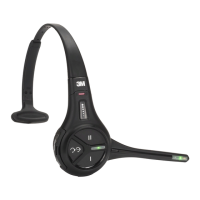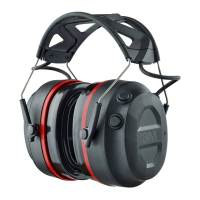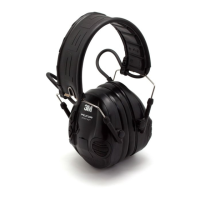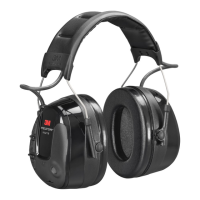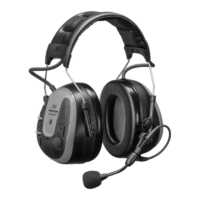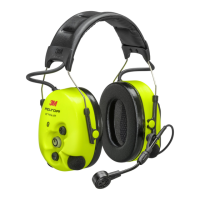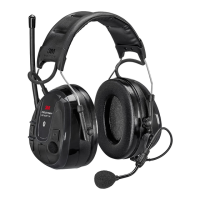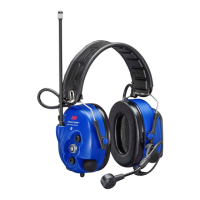What to do if 3M Drive-Thru G5 Headsets battery needs to be charged immediately?
- AAlexis BenitezJul 31, 2025
If your 3M Headsets battery needs to be charged immediately, it means the charge has depleted below 5%. To resolve this, charge the battery right away.
